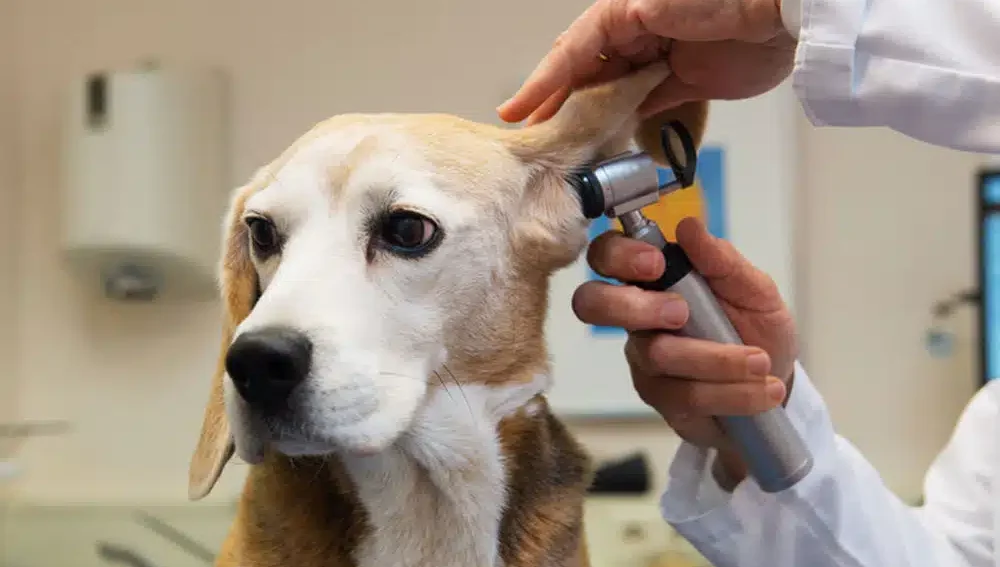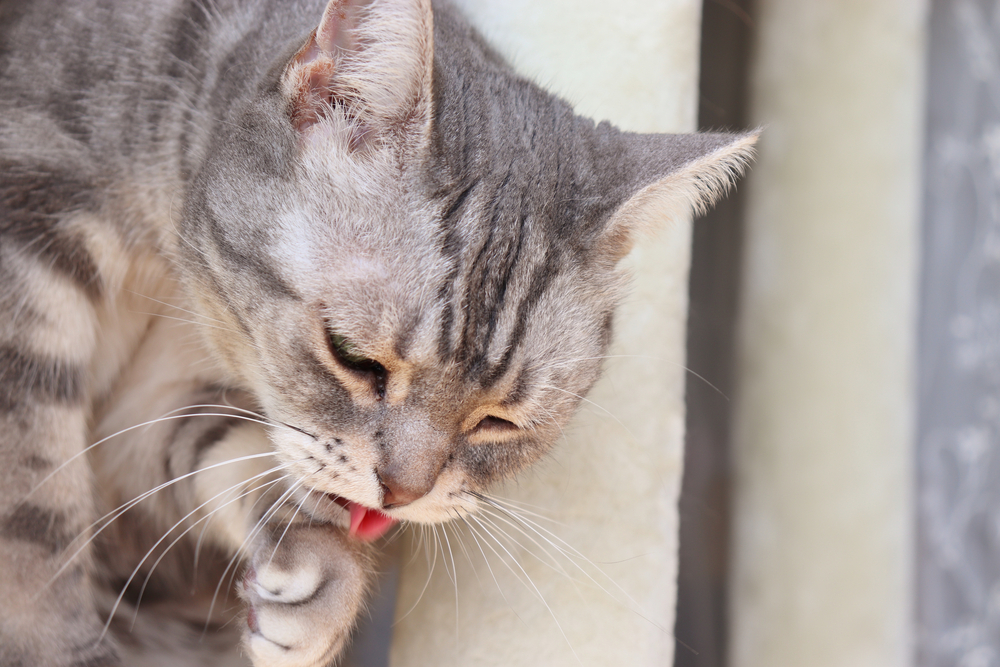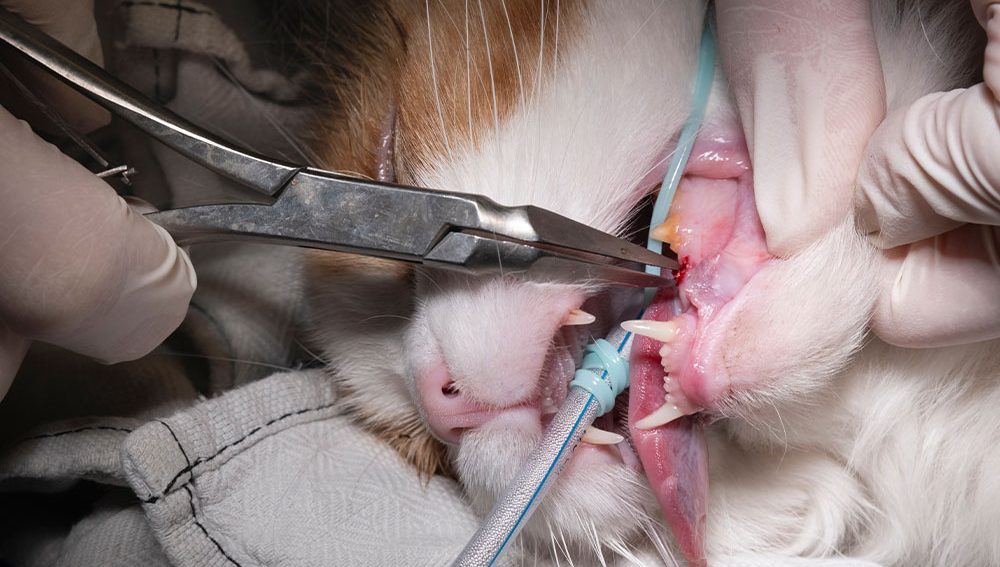0

Behavioral Health: Managing Separation Anxiety in Pets
Breaking the Cycle: Restoring Confidence in Pets With Separation Anxiety
When a pet experiences panic every time you leave, it affects the whole household. Owners feel frustrated, and pets feel terrified. But separation anxiety can be managed through careful training, environmental changes, and, in some cases, medication. The goal isn’t to stop the symptoms overnight- it’s to rebuild your pet’s confidence so they can feel calm, even when you’re away.
At Harbor Pines Veterinary Center, our team understands that behavioral health is just as important as physical wellness. Whether through in-clinic consultations or our convenient mobile services, we’re here to support you and your pet through every challenge.
What Is Separation Anxiety in Pets?
Separation anxiety in dogs is a behavioral condition triggered by distress when left alone. It’s not misbehavior or stubbornness. It’s a genuine stress response rooted in fear and insecurity. While dogs are more commonly diagnosed, cats can also suffer from separation anxiety, though their symptoms often appear differently.
Common signs include:
- Excessive barking, howling, or meowing
- Destructive chewing or scratching at doors and windows
- House soiling despite being housetrained
- Pacing, drooling, or panting
- Attempts to escape or self-injury
These behaviors typically begin shortly after you leave and persist until you return. If your pet shows these signs consistently, a health exam can help rule out underlying medical issues and establish a treatment plan tailored to your pet’s needs.
Why Do Pets Develop Separation Anxiety?
Understanding what triggers anxiety helps you address the root cause rather than just managing symptoms. Changes in routine are among the most common culprits. A new work schedule, a move to a different home, or the loss of a family member can all destabilize a pet’s sense of security.
Behavioral problems in dogs often stem from poor early experiences or lack of exposure to being alone. Pets who were never gradually introduced to solitude may not develop the coping skills needed to manage time apart. Traumatic experiences, such as being rehomed multiple times or spending extended periods in a shelter, can also increase vulnerability.
Prevention begins early. Socialization of puppies and kittens includes teaching them that being alone is safe and temporary. Gradual exposure, positive reinforcement, and consistent routines during the first few months of life build resilience and confidence.
If you’ve recently adopted a new pet or are preparing to bring one home, scheduling an appointment early ensures you start on the right foundation.
Building Confidence Through Positive Training Methods
Punishment worsens anxiety. Yelling, crating as discipline, or scolding a pet for anxious behaviors only deepens their fear and erodes trust. Instead, positive dog training methods focus on rewarding calm behavior and creating positive associations with alone time.
Desensitization involves gradually increasing the duration of your absences. Start with just a few seconds. Leave the room, return immediately, and reward your pet for staying calm. Over days and weeks, extend the time incrementally. Pair departures with high-value treats or toys to shift your pet’s emotional response from fear to anticipation.
Counter-conditioning changes how your pet feels about being alone by pairing your departure with something they love. For example, give them a food-dispensing toy only when you leave. Over time, they begin to associate your absence with positive experiences rather than panic.
Consistency matters. Use the same cues before leaving, avoid dramatic goodbyes, and keep your energy calm. Progress may be slow, but with patience and support, most pets learn to relax.
Harbor Pines Veterinary Center offers guidance on behavioral training and can connect you with resources to help you succeed. Our comprehensive services include behavioral consultations designed to address anxiety at its source.
Enrichment: Keeping Minds Engaged and Anxiety at Bay
Mental Stimulation for Dogs
A bored dog is more likely to become anxious. Enrichment activities keep pets mentally engaged, reduce stress, and build confidence. Dog enrichment ideas range from simple scent games to complex puzzle feeders that challenge problem-solving skills.
DIY cognitive dog toys are inexpensive and effective. Hide treats inside a muffin tin covered with tennis balls, or stuff a Kong with peanut butter and freeze it for extended engagement. Snuffle mats encourage natural foraging behaviors, giving dogs a productive outlet for their energy.
Indoor enrichment for dogs is especially important for pets who spend long hours alone. Rotate toys to maintain novelty, provide safe chew items, and consider leaving a radio or white noise machine on to reduce the silence that can amplify anxiety.
Physical exercise before you leave also helps. A tired dog is a calmer dog. A brisk walk or play session burns off excess energy and promotes relaxation during your absence.
Enrichment for Cats
Cats are often overlooked in discussions about separation anxiety, but they too benefit from structured enrichment. DIY enrichment toys for cats include cardboard boxes, paper bags, and treat puzzles that tap into their hunting instincts.
Creating a cat-friendly environment means providing vertical space, hiding spots, and opportunities for play. Cat trees, window perches, and tunnels give cats control over their surroundings, which reduces stress. Food-dispensing toys slow down eating and provide mental stimulation, keeping cats occupied while you’re away.
Interactive play before you leave helps cats expend energy and feel secure. Even five minutes of feather wand or laser pointer play can make a significant difference in their emotional state.
Medical and Sensory Support for Severe Anxiety
For some pets, training and enrichment alone aren’t enough. Severe separation anxiety may require additional support through medications or calming aids.
Pheromone diffusers release synthetic versions of calming scents naturally produced by dogs and cats. These products create a sense of safety and familiarity, reducing stress without sedation.
Nutraceuticals such as L-theanine, alpha-casozepine, and CBD may help manage mild to moderate anxiety. These supplements work best when combined with behavioral modification.
Prescription medications like fluoxetine, clomipramine, or trazodone may be necessary for pets with severe anxiety. These medications don’t mask the problem- they reduce fear enough for training to be effective. Medication is not a failure. It’s a tool that helps pets learn new coping skills.
Harbor Pines Veterinary Center can evaluate your pet’s anxiety level and recommend appropriate interventions. Our comprehensive care approach includes behavioral assessments and medication management when needed.

Practical Strategies for Long-Term Success
Managing separation anxiety requires consistency and realistic expectations. Small changes in your routine can have a big impact on your pet’s confidence.
Practice short departures. Leave for just a few minutes at first, then gradually extend the time. Avoid making departures or arrivals emotional events. Keep your tone calm and neutral.
Provide exercise before leaving. A long walk or vigorous play session helps your pet settle more easily once you’re gone.
Use consistent cues. Pick up your keys, put on your shoes, and walk to the door without leaving. Repeat this until your pet no longer reacts. This desensitizes them to departure signals.
Create a safe space. Some pets feel more secure in a designated area with familiar bedding, toys, and calming scents. Others do better with access to the whole house. Observe what works best for your pet.
Progress takes time. Setbacks are normal. With guidance from your veterinary team, most pets can overcome separation anxiety and learn to feel safe when alone.
Helping Your Pet Feel Secure, One Step at a Time
Separation anxiety is treatable. With patience, structure, and veterinary partnership, pets can learn independence while maintaining emotional security. The goal isn’t perfection- it’s progress.
If your pet struggles with anxiety, don’t wait. Early intervention prevents the problem from worsening and improves outcomes. Harbor Pines Veterinary Center is here to help you create a personalized plan that addresses your pet’s unique needs.
Call us today or request an appointment to start rebuilding your pet’s confidence and restoring peace to your household.


















